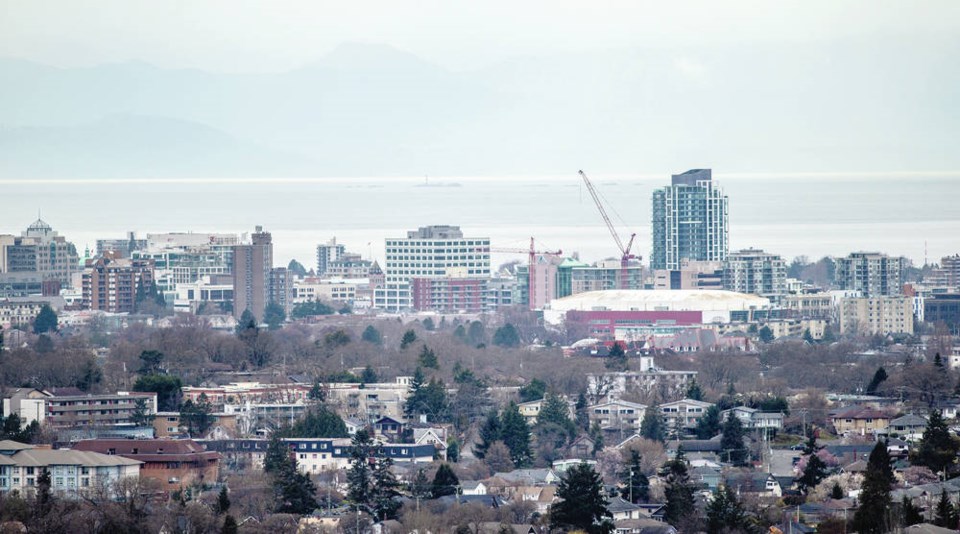Last week, I noted three ways proposed by Prof. Graham Smith to reform our democracy to safeguard the future, and dealt with two of them: re-shaping legislatures and constitutions and bringing an independent voice to decision-making.
This week, I turn to his third proposal: futures-oriented participatory democracy.
My interest in futures thinking began when I read Alvin Toffler’s book Future Shock in the early 1970s. In it, he proposed the concept of anticipatory democracy, which my close friend and colleague Clem Bezold — one of the world’s leading futurists and founder with Toffler of the Institute for Alternative Futures — defines as involving “enhanced participation in shaping the future.”
While the first two of Smith’s proposals are essentially high-level interventions at the national and provincial levels, participatory democracy needs to be bottom-up, which makes it particularly relevant to the municipal and neighbourhood levels.
It is thus of considerable interest to Conversations for a One Planet Region, the NGO I founded to establish and maintain conversations about what it means to become a region with a markedly reduced ecological footprint, yet with a high quality of life.
Participatory democracy can be related to the concept of community architecture, which is based on the simple principle that the environment works best when those who live and work in it are involved in its design. It is an approach that is central to the concept of healthy communities, my main area of work.
Our challenge, then, is to engage people in the Greater Victoria region in conversations about designing a community fit for the 21st century, one with a high quality of life and good health for all, while taking only our fair share of the Earth’s biocapacity and resources.
But ideally, anticipatory democracy would mean engaging people who will live in the future in its design. Obviously, we need to engage young people in the process, since it’s their future we are designing. Clearly schools can and should play an important role, as they do as part of One Planet Saanich.
But we also need to get today’s adults to raise their focus from what affects them today and take into account the needs of future generations, including those not yet born, recognizing that their situation and needs will be very different from our own.
This is where the provincial Commissioner for the Wellbeing of Future Generations that I suggested last week could play a role. The commissioner should appoint regional commissioners to ensure that regional and municipal governments are taking future generations into account, and to facilitate the engagement of young people.
Another idea we might try was described in a recent article in The Alternative UK, which reports on Roman Krznaric’s description of Japan’s Future Design movement in his book The Good Ancestor. Their approach might be used as part of the One Planet Neighbourhood co-design charettes that we hope to develop as part of our conversations.
A group of local residents would be brought together to discuss how to improve the design and functioning of their neighbourhood as it is and they are today. But then they are asked to take the “imaginative step of picturing themselves living — at their current age — several decades into the future.”
As they start to imagine how their decisions will affect the lives of their children and grandchildren, Krznaric writes, “they systematically favour much more transformative plans, whether discussing issues such as health care, the future impacts of AI or ecological threats.”
Another model worth considering is the Lüneburg 2030 City of the Future project, which developed and used sustainability visions in 25 thematic fields. Jointly developed in this German city of 75,000 people by the local university, city government, local NGOs, businesses and citizens, it is clearly an approach that could work here.
I am convinced that involving people in designing and creating a community fit for the 21st century is a very important and indeed urgent issue. Perhaps we should establish a Regional Commission for the Future to take on this work, supported by regional and municipal governments, school boards, colleges and universities, the business sector and community organizations such as the Victoria Foundation and the Community Social Planning Council.
thancock@uvic.ca
Dr. Trevor Hancock is a retired professor and senior scholar at the University of Victoria’s School of Public Health and Social Policy.



